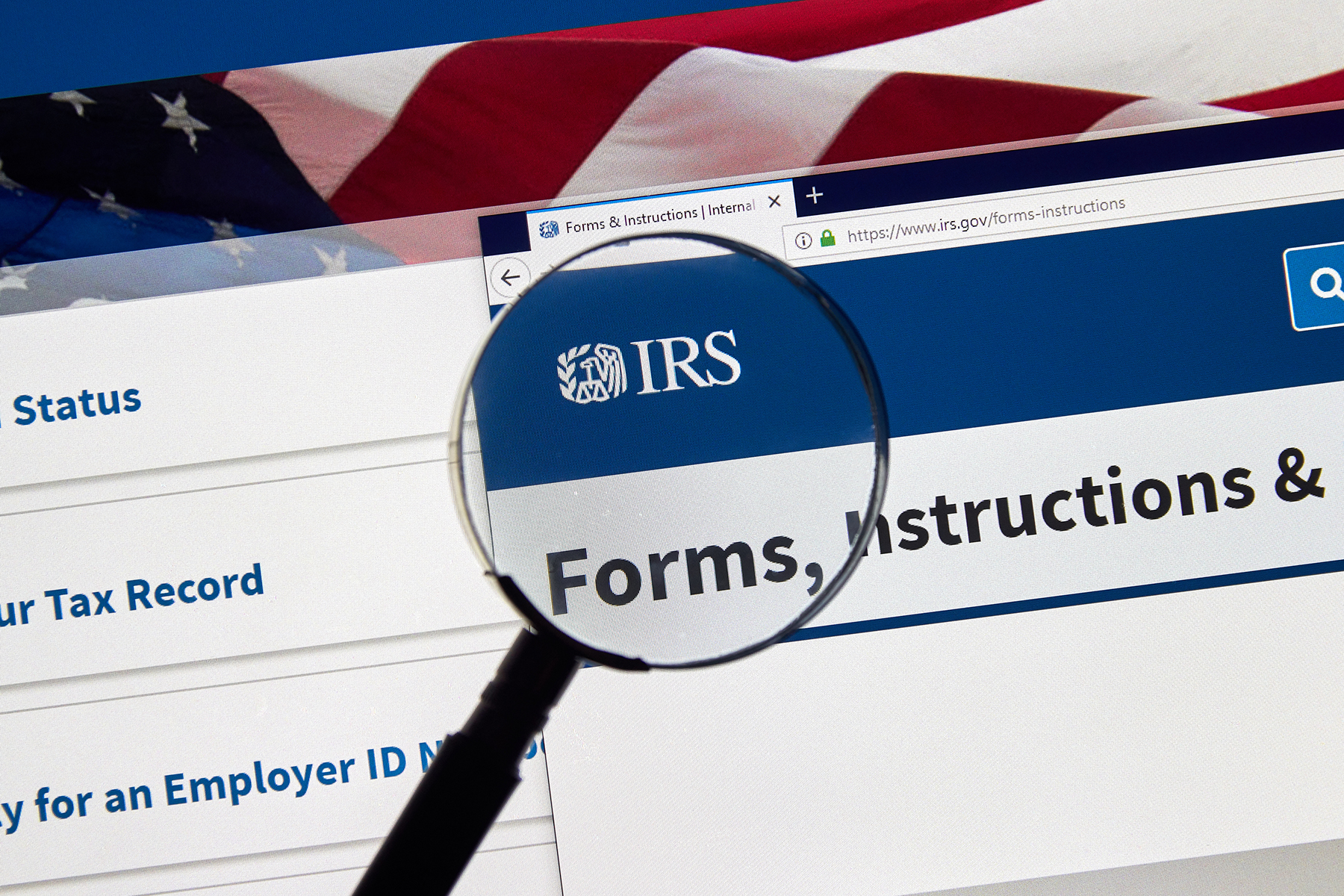After weeks of hard work recruiting, screening, and interviewing applicants, you have a bright, new hire in your midst. You’d love to let them hit the ground running, but, first, you must complete some critical paperwork. Be certain you understand the difference between two mandatory forms: the I-9 for work authorization and the W-4 to establish tax withholding. They’re very different forms that serve very different functions.
What It Is:
I-9: Under the Immigration and Reform Control Act, all employers must use Form I-9, Employment Eligibility Verification, to confirm an employee’s eligibility to work in the United States. This includes reviewing certain legal documents, such as driver’s license, Social Security card, birth certificate or green card, to establish identity and eligibility.
W-4: At the same time, the Internal Revenue Service (IRS) requires every employee to complete Form W-4, Employee’s Withholding Certificate, the amount of withholdings the employer needs to apply to the employee’s earnings. The form, which affects how much federal income tax you withhold from an employee’s paycheck, includes information on marital status, number of dependents, and additional withholding amounts.
When to Complete:
I-9: With this three-part document, the employee fills out Section 1 on the first day of work, and you must complete Section 2 within three days of this date. You’ll also need to check the documents the employee provides from the “List of Acceptable Documents.” (Section 3 is completed, as necessary, to update or reverify an employee’s work authorization.)
W-4: The new hire should fill out a W-4 on or before the first day of work. Be certain the employee signs the form, because it’s considered invalid without a signature. You must process the W-4 by the start of the first payroll period ending on or after the 30th day from the date received.
Recordkeeping Considerations:
I-9: Once you’ve completed an I-9 for U.S. citizens and lawful permanent residents, you’re done. For foreign workers with temporary authorization, however, the employee must indicate the expiration date under Section 1 — and you must reverify eligibility on or before this date. You can do this by completing Section 3 or filling out a new I-9 altogether.
You must keep the I-9 on file for three years after the employee’s first day of work or one year after termination — whichever is later. After that, shred and discard the new hire paperwork because you could still be fined for improperly completed forms, even when they’re kept past the retention timeframe.
W-4: You need to maintain up-to-date W-4s that include recent changes to an employee’s personal or financial situation (such as moving, marriage, children, or divorce), so it’s a good idea to have employees resubmit a W-4 each year.
The IRS requires you to maintain employment tax records for at least four years after taxes were paid. In addition to W-4 forms, this includes records of employee wages and tips (if applicable).
Streamline the onboarding process and avoid costly mistakes
A dedicated I-9 and W-4 app can help you complete mandatory forms for new hires with less hassle. The software guides you through the process, step by step, for a completely automated, paperless and accurate process.
Disclaimer: The content on this page is for informational purposes only, and does not constitute legal, tax, or accounting advice. If you have specific questions about any of these topics, seek the counsel of a licensed professional.
Jaime Lizotte is the HR & Tax Compliance Solutions Manager at HRdirect Smart Apps. Jaime joined the product development team at ComplyRight in 2007. Since then, she has managed and developed numerous HR solutions, from training tools and safety products to HR and tax reporting software.
In partnership with HRdirect Smart Apps
Tax Form Resources


